Techo International Airport, commonly known as Techo Takhmao, represents Cambodia’s most significant infrastructure overhaul in many years. This eco-friendly gateway aims to replace the outdated Por Chen Tong Airport in Phnom Penh and marks the nation’s emergence as a key player in regional aviation. Both on paper and visually, it is quite striking: a sprawling 2,600-acre area located south of Phnom Penh, featuring a specially designed ICAO 4F-class facility that is capable of accommodating wide-body aircraft and supporting substantial traffic growth for many years ahead.
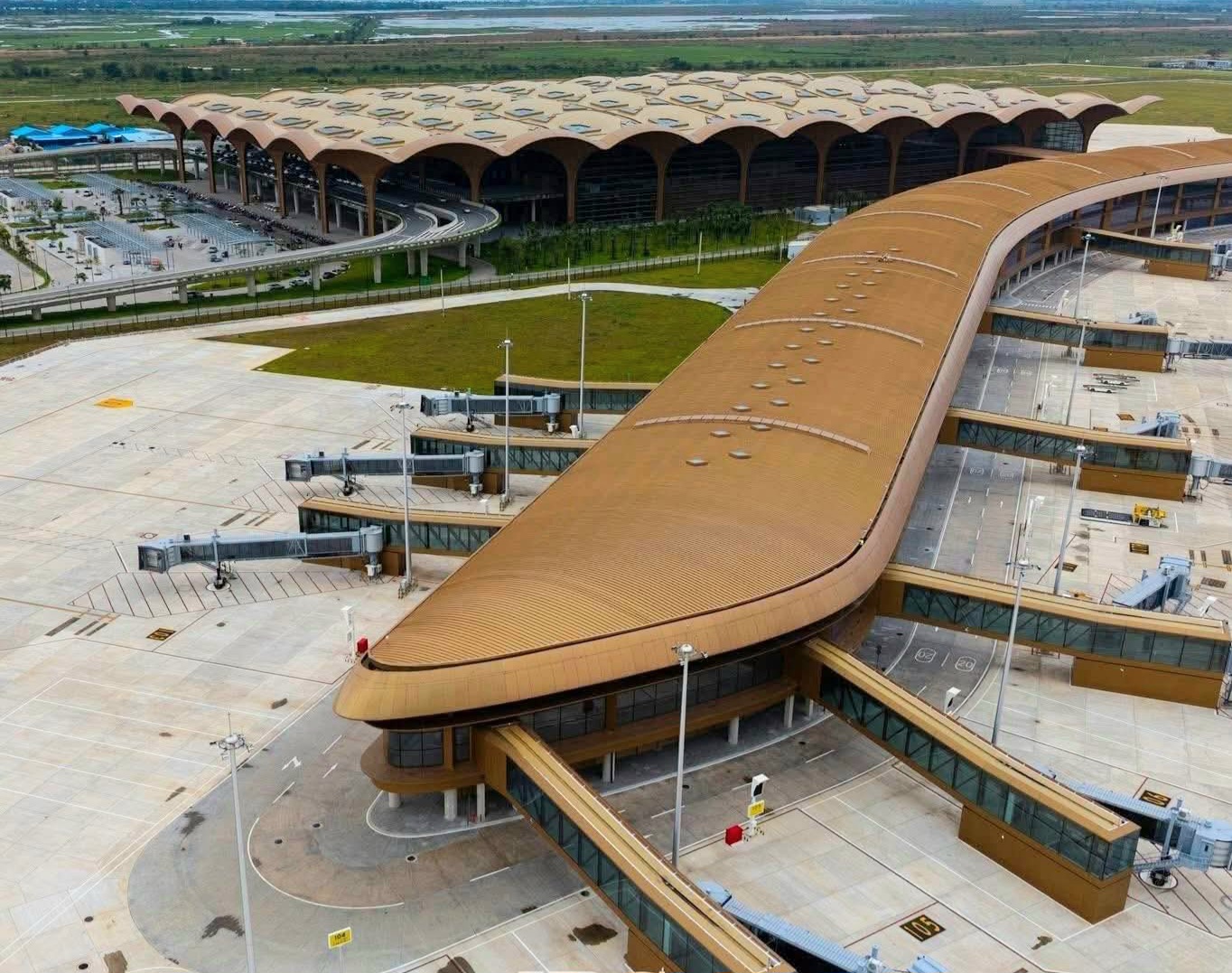
Initial impressions from the plans and available photographs are overwhelmingly positive. The master plan places a large terminal, gently carved into the center of a wide apron and a system of parallel runways. Foster + Partners led the design of the terminal, which emphasizes natural light, a central “green” spine, and wing-shaped piers, both of which reference Khmer forms and are intended to provide efficient passenger flow. The terminal envelope and control tower design combine international architecture with local motifs, resulting in a modern, airy, and distinctly Cambodian in its detailing.
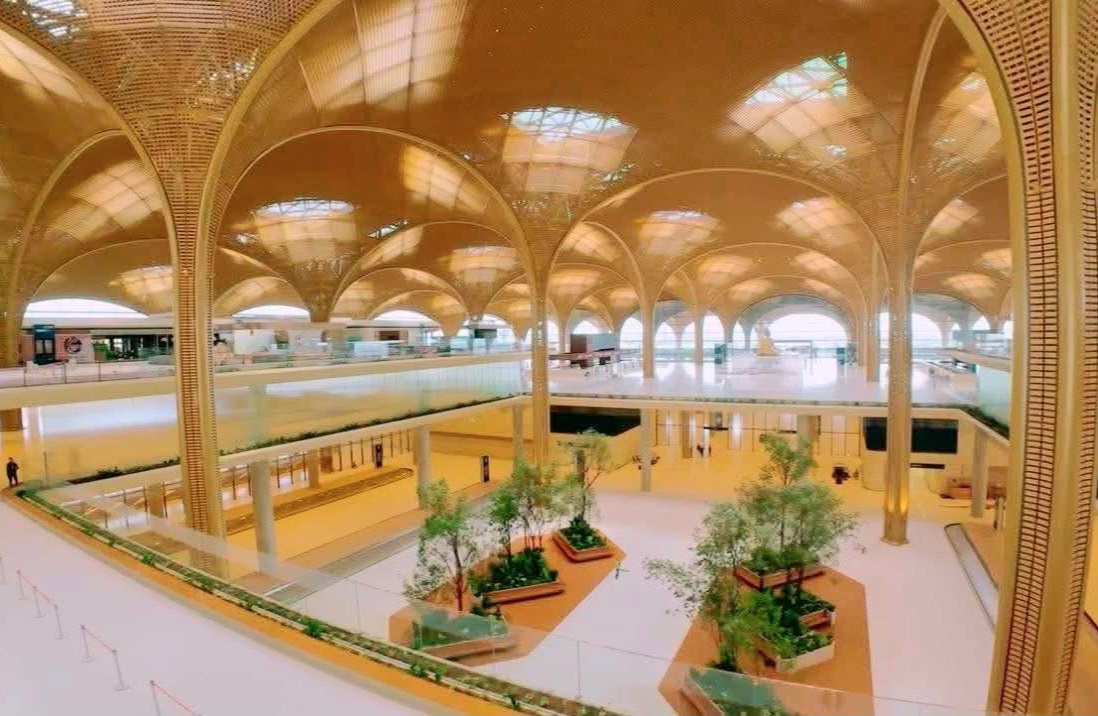
The airport’s scale and capacity are its main attractions. According to the initial phase data shared by the project partners, the terminal will span approximately 240,000 square meters, equipped with around 22 gates and the ability to house 40 medium-sized aircraft, along with a 4km runway — sufficient for the largest commercial planes. The operational capacity for the first phase is estimated to be about 13 million passengers annually, with plans to gradually increase this to around 30 million in the subsequent phase and potentially up to 50 million by the middle of the century, assuming growth projections hold true. If these goals are met, they would significantly enhance Phnom Penh’s connectivity and freight transport capabilities.
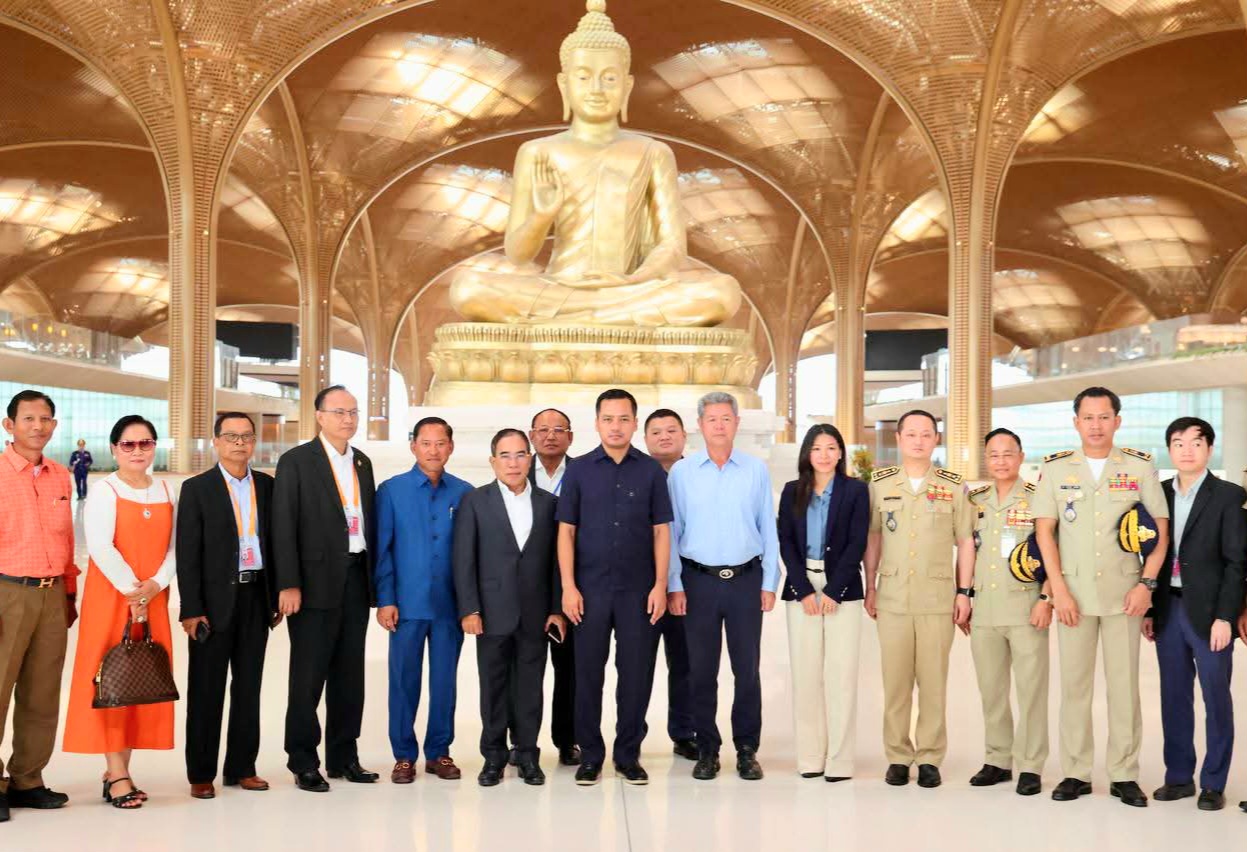
From a passenger perspective, the promise is familiar but welcome: more space, less congestion, clearer signage and modern retail and dining options. Design images show a large central garden and “public realm” inside the terminal — features that enhance the travel experience and create a sense of place, while natural ventilation and daylight are used to reduce energy needs. The airport will also include state-of-the-art security and baggage systems, spacious storage facilities and a layout designed to speed up transfers – all the building blocks of the happy center that provide operations (check-in staff, immigration, ground handling and transport links) are in keeping with the architecture.
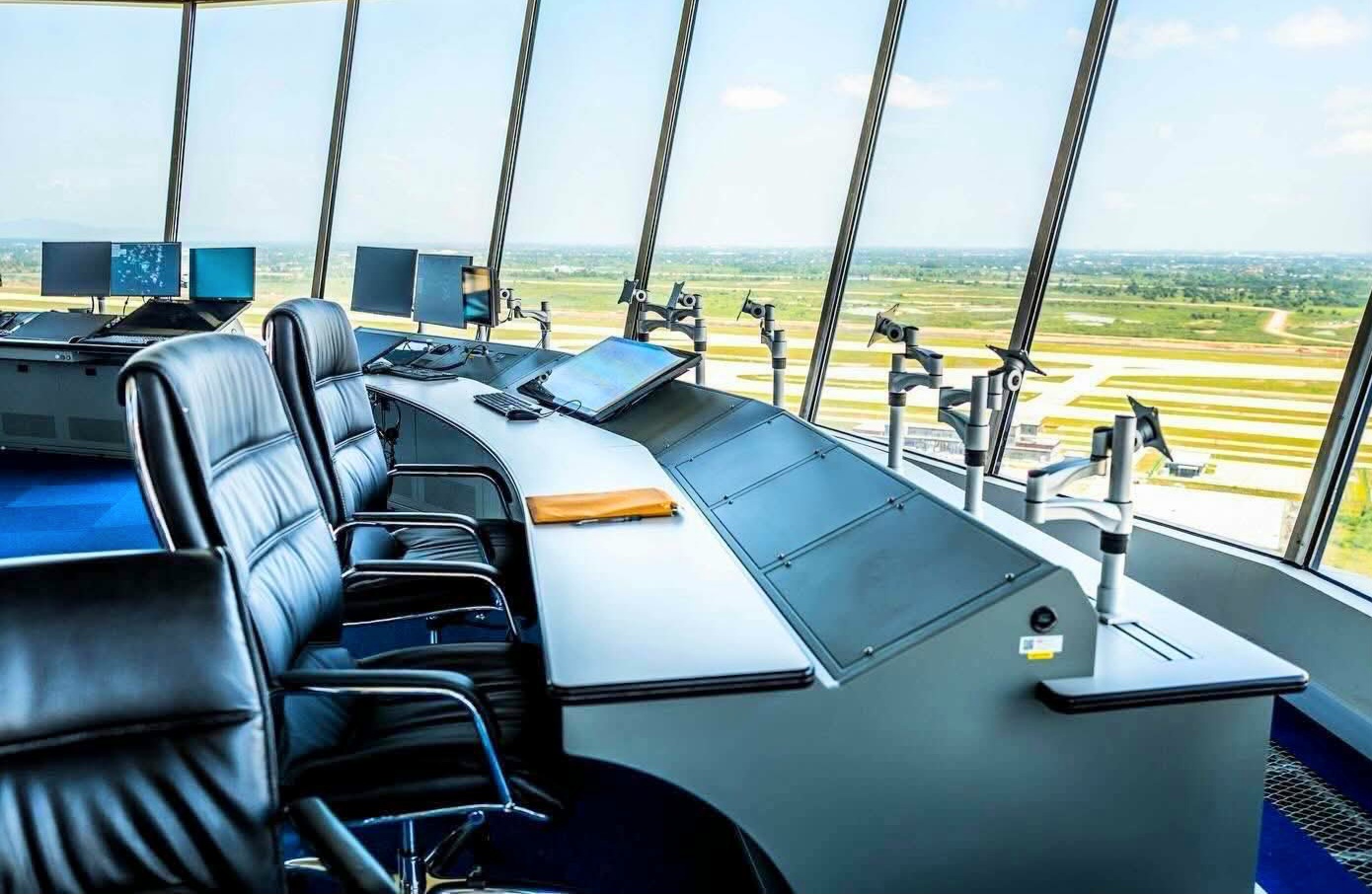
Sustainability is a clear focus in the project relationship: on-site solar power generation, rainwater harvesting and shading/landscape strategies are highlighted repeatedly. Initial press materials have highlighted the choice of a large photovoltaic installation and design aimed at reducing the terminal’s net energy, which would be a notable sign in Southeast Asia, where energy-hungry airports typically rely on grid power. If such measures are implemented at scale, Techo could serve as a useful case study for tropical-climate airport design.
The construction and governance story behind Techo is as important as the architecture. The project is being driven by the Overseas Cambodia Investment Corporation (OCIC) with major Chinese construction partners on construction and a mix of international consultants and designers on management and detailing. The report also highlights the role for airport operators established in management agreements as governments negotiate long-term operations and development of routes. The combination of local investment, Chinese contractors and Western designers has accelerated the pace of delivery, but has also attracted scrutiny over costs, land acquisition and long-term commercial arrangements.
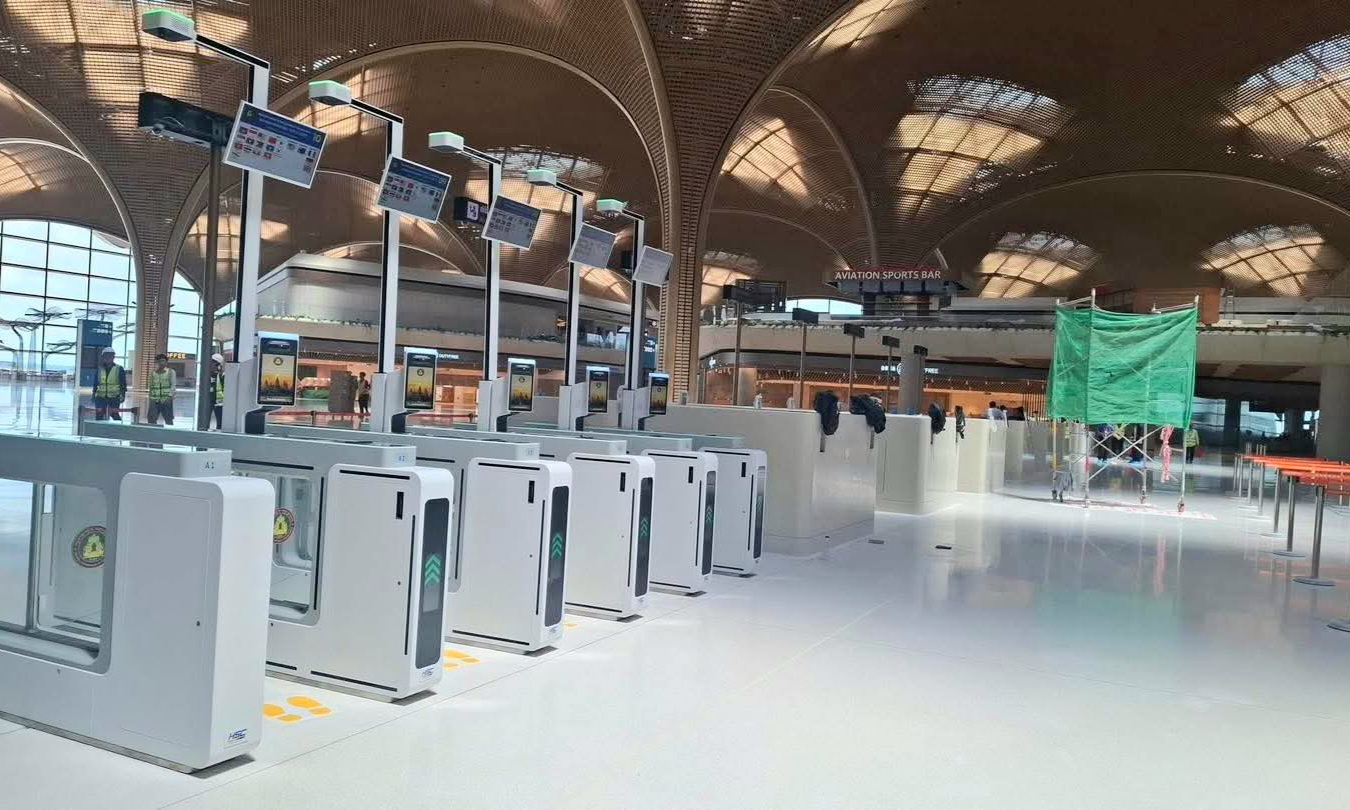
That brings us to an important caveat. Major infrastructure projects in emerging economies often create social and environmental frictions: land use changes, concerns about relocation and questions about whether the surrounding transport network (access roads, bus and rail connections) will be ready on day one. Local reporting and independent analysis note these concerns and stress the need for a careful operational phase so that airports do not open with passenger access or ground transport congestion that would reduce the benefits of their design. There are also practical challenges in persuading airlines to relocate their flights and crews from the old Phnom Penh airport and to build the necessary route network that will accommodate the volume of traffic that the planners expect.
The operational readiness and opening timing have been fluid in public reporting, but many sources have pointed to a planned phased opening in 2025, with symbolic dates cited for first operations and official ceremonies. In practice, the airport’s success will continue to unfold in the months following its launch: staff training, immigration and customs clearance, quality ground handling, and efficient surface transportation to Phnom Penh. If those non-architectural pieces.


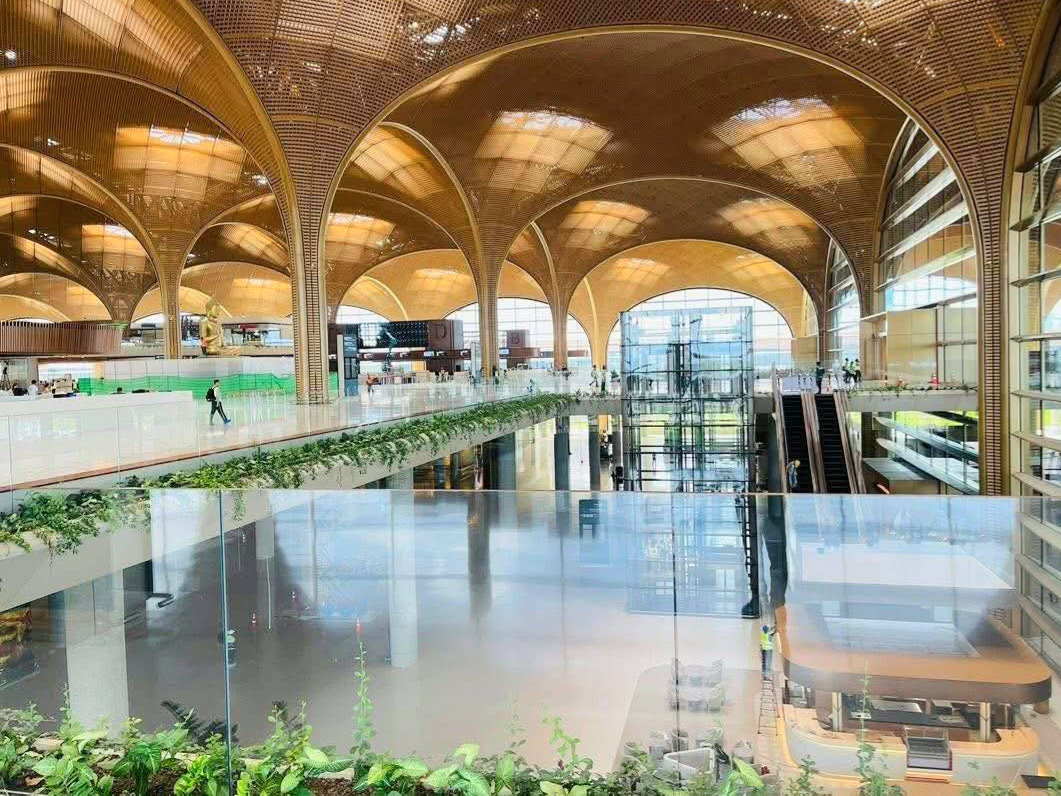

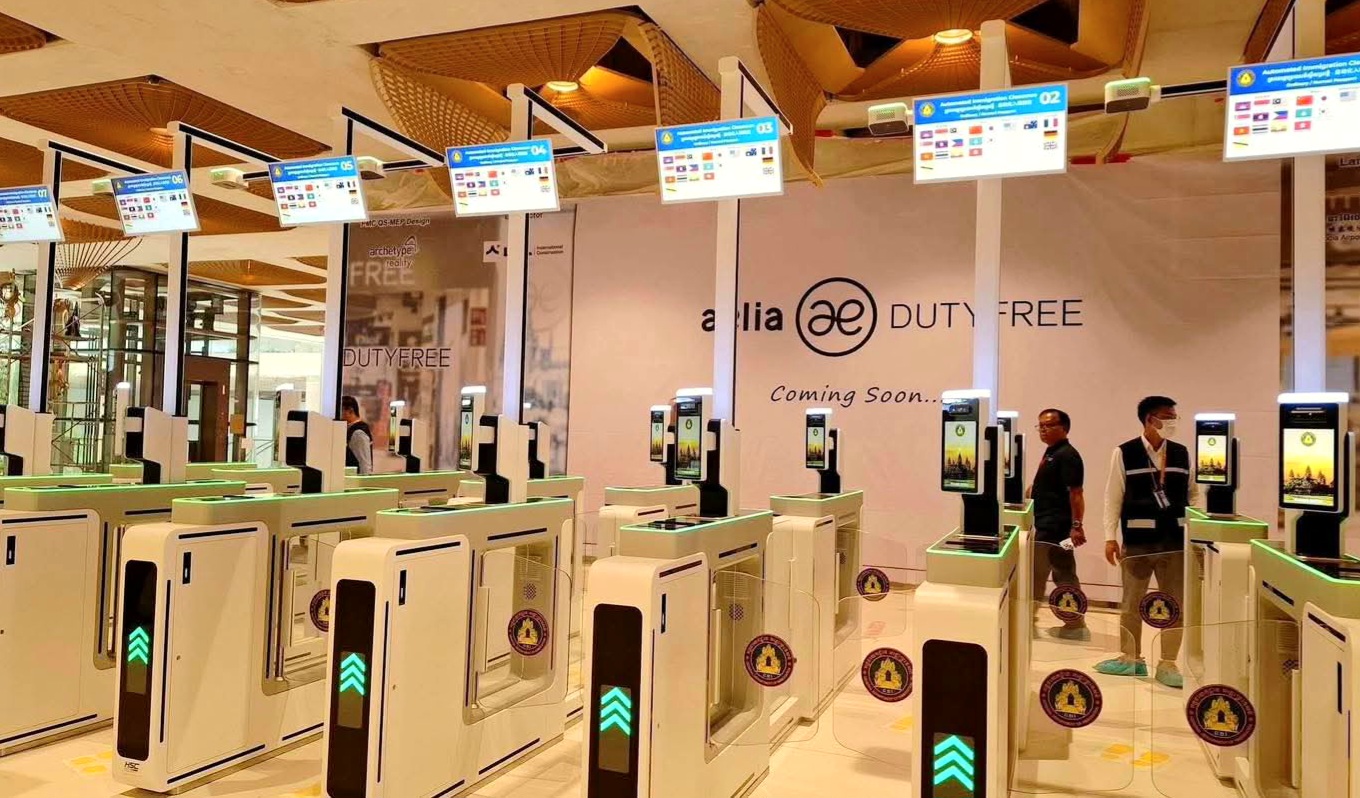
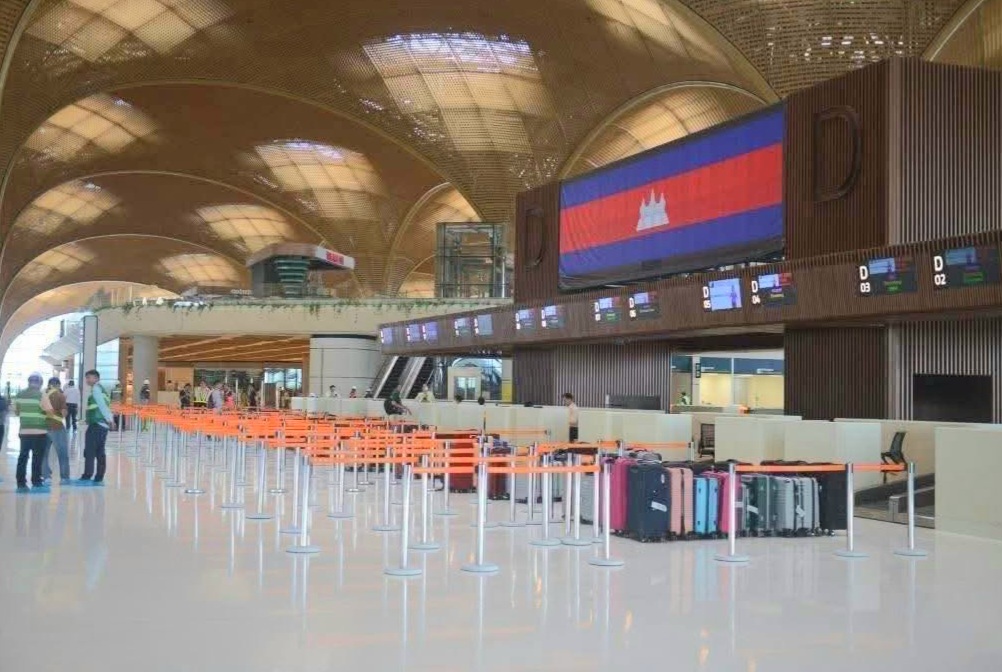


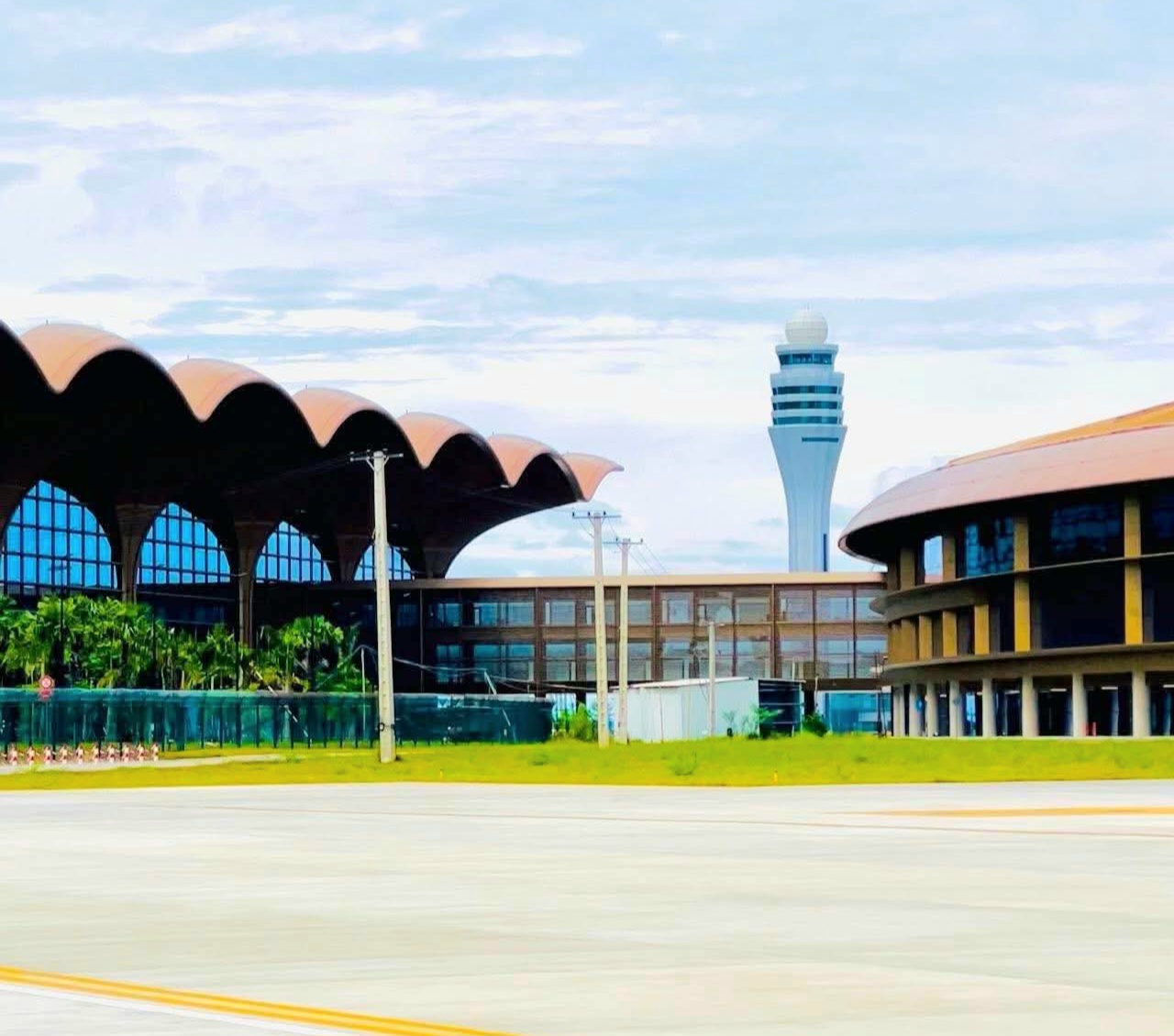
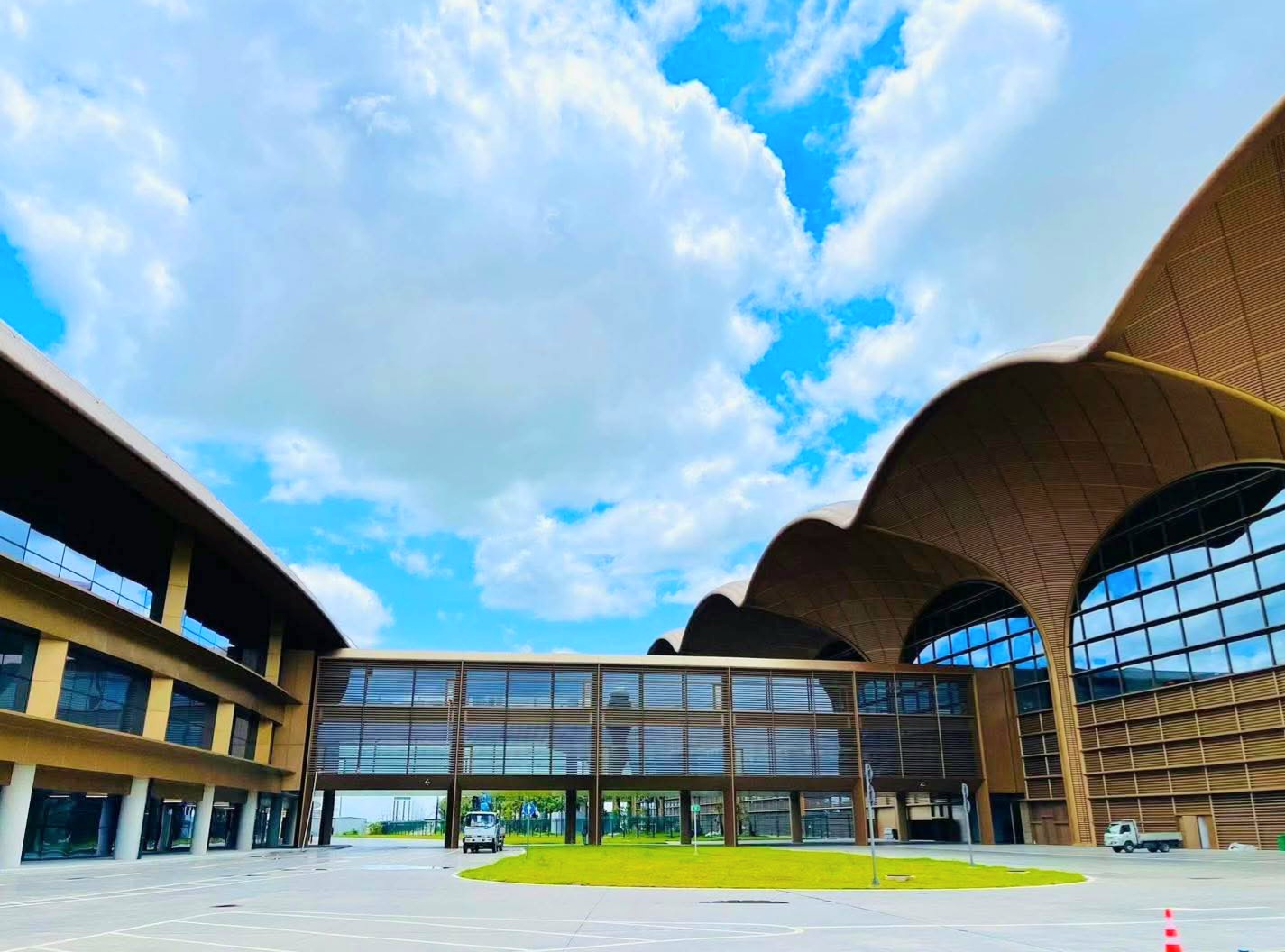
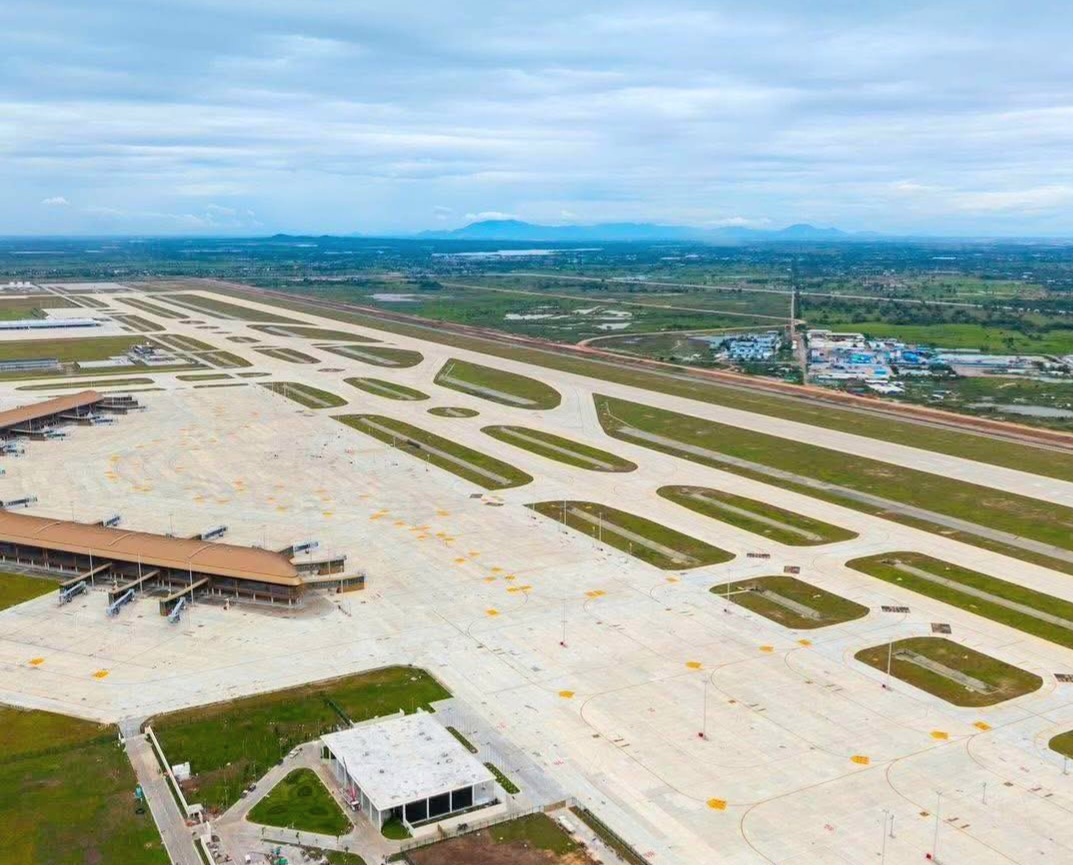

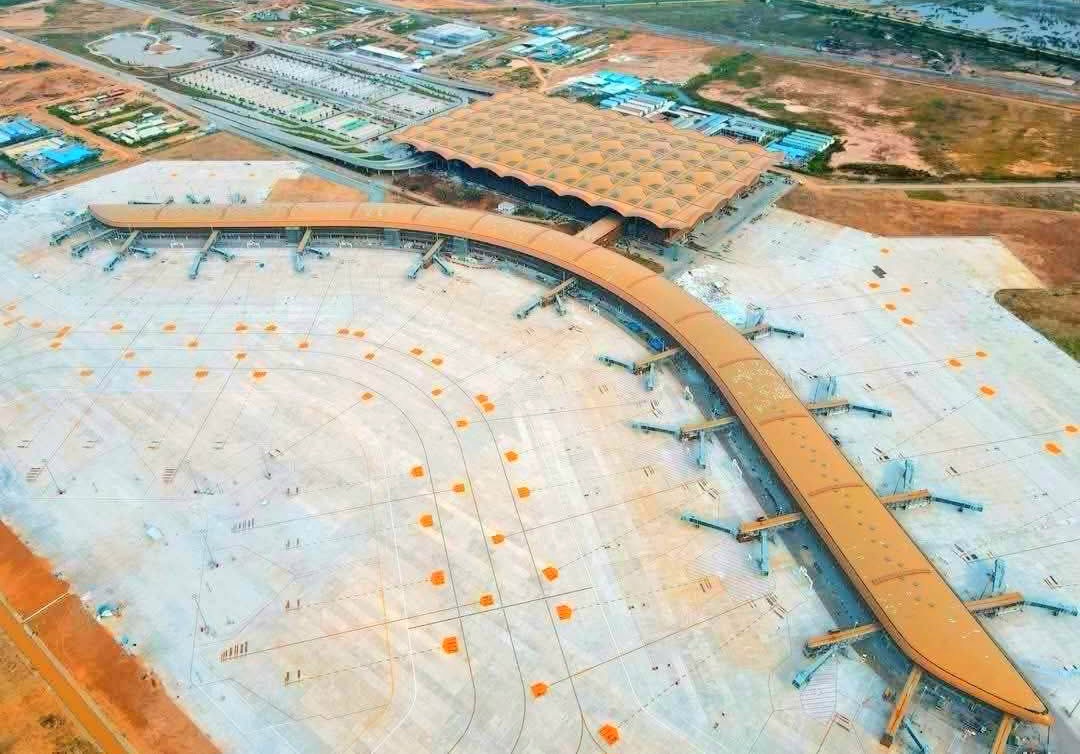




Join The Discussion